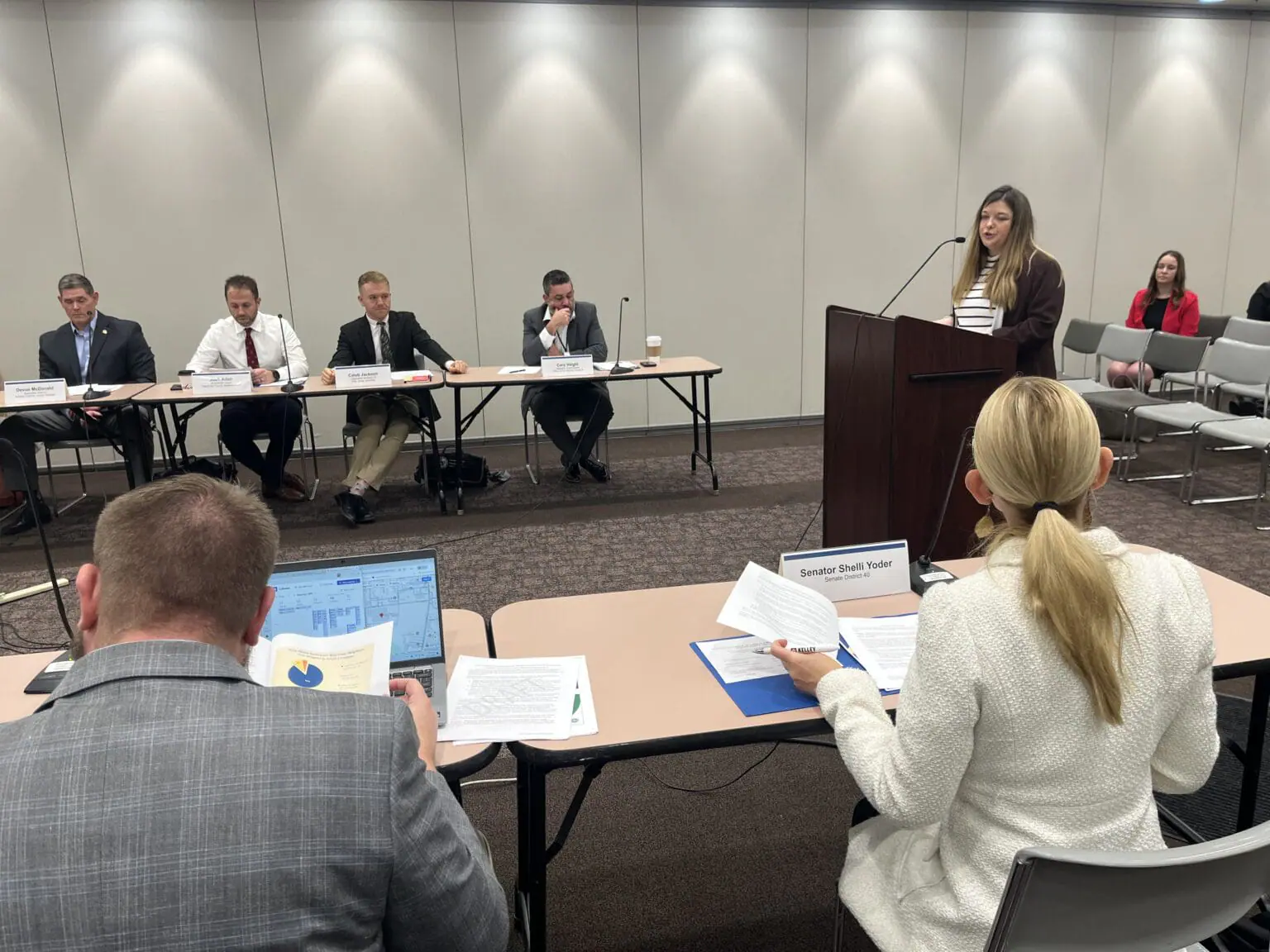Most localities still holding onto opioid settlement funds
(INDIANA CAPITAL CHRONICLE) — Most local governments haven’t started spending their opioid settlement dollars, according to a state report presented on Thursday.
Four towns failed to meet deadlines for reporting spending, leaving 644 localities in the analysis. Of those, 80% haven’t spent any of their restricted funds, while 82% haven’t dipped into their unrestricted accounts.
“As these record amounts of funds continue to flow into Indiana, the role of locals is vital,” said Shelby Thomas, the deputy director for drug prevention, treatment and enforcement under Gov. Eric Holcomb.
“With that in mind, we’ve developed guidance for communities to consider as they look to submit their restricted funds,” Thomas continued. “Also included in this document is a list of tangible items that are not included as an allowable expense, as well as resources for those communities.”
The Family and Social Services Administration, the agency tasked with tracking such spending, presented the findings before the Indiana Commission to Combat Substance Use Disorder.
Over 18 years, the state as a whole is on track to receive more than $980 million as part of a national settlement with opioid distributors, manufacturers and marketers — with funds designated to combat substance and opioid use disorders.
Total funds will be split 50-50 between the state and local units of government. Overall, 30% of the money — or 15% for each level of government — will be directed to “unrestricted” funds; the state and locals can spend it however they see fit.
The state, on the other hand, is moving more quickly.
As of Oct. 1, FSSA reported that it had committed to spending more than $40 million in “restricted” funds. Such spending is directed toward programs such as building recovery residences, street outreach or hiring peer support specialists.
“An overwhelming majority of funds, nearly $35.5 million … have gone toward treatment and recovery,” Thomas said.
In August, the State Budget Committee approved the next round of spending for $46 million.
What are these funds for?
Earlier this year, the Centers for Disease Control and Prevention had good news: overdose deaths around the country had fallen by 3% — the first drop since 2018.
In Indiana, the drop was even bigger, falling by 18%. Still, over 2,000 Hoosiers died by overdose in 2023 and thousands of others are battling addiction.
Funds from the National Opioid Settlement started flowing to Indiana communities in December 2022. In contrast to the 1998 Tobacco Master Settlement, funds will go to localities in order to target areas with high numbers of overdose deaths and opioid proliferation.
But the smallest towns received paltry amounts, too little to even purchase a box of Narcan, prompting the state to pivot.
Last summer, the state made a change to its funding formula for communities receiving minute sums. Prior to July 1, anything less than $1,000 would instead be directed to county coffers. Sums less than $5,000 after June 30, 2023 would also go to counties instead.
Smaller units of government may opt to pool their funds with the county anyway, Thomas said.
“We have actually had a number of communities reach out who, even if they’re receiving a little over $5,000, it’s still just not a large sum of money,” Thomas said.
Both Thomas and Douglas Huntsinger, the executive director of the state’s Office of Drug Prevention, Treatment and Enforcement, said that community size or settlement amount didn’t matter when it came to spending. They said the best indication that communities will spend their settlement money is if they choose to create a government body to oversee spending.
Only 103 localities, or 16%, reported creating a local committee, according to the report.
“That cooperation is what is driving communities,” Huntsinger said.
Online databases with Next Level Recovery include a handful of communities with less than 2,000 residents starting to spend funds.
Thomas added that some localities might opt to let their funds build up over several payments before choosing to spend their dollars.
“That is not a bad thing, necessarily,” Thomas said. “However, we know there are a lot of communities who just still do not know where to start and so we want to provide that guidance to them.”
A draft of advice for local units of government shared with the Indiana Capital Chronicle starts by directing localities to create an advisory committee followed by a local needs assessment. Data for such assessments can be found across dashboards at state agencies such as Next Level Recovery, the Indiana Department of Health or the Indiana Management Performance Hub.
Next Level Recovery has its a list of acceptable uses for restricted funds, but Johns Hopkins University also has its own guiding principles for communities to consider. Both emphasize relying upon evidence-based practices. The state notes that smaller amounts can be used to focus on school programming or bring treatment providers into the community.
The largest single expenditure for the state was its matching grant program, with over $18.8 million spent so far. Another $4.2 million has been directed to building recovery residences followed by $1.5 million for street outreach teams.
Expanding the number of certified peer support professionals will cost the state’s portion another $4.8 million but the contract will take two years to execute.
Millions will go to other state agencies, such as the Office of Judicial Administration and the Indiana Department of Correction, over several years. Smaller entities — like the Hope Academy Recovery School, which educates youths with addiction disorders — have their own line items.
